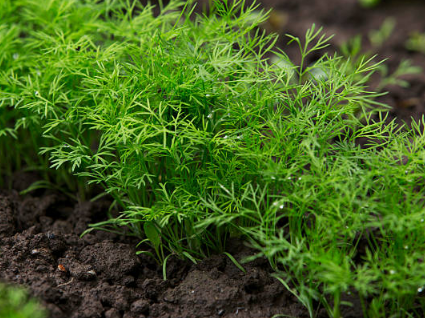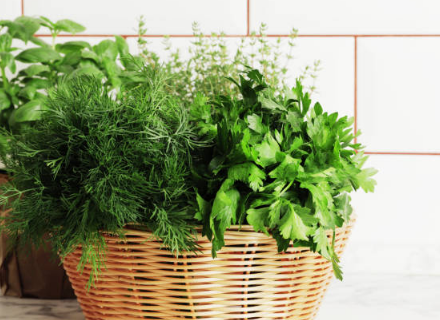While dill’s feathery leaves have a delicate appearance, they are easy to grow and care for, making them a great addition to any garden. In addition to providing a bright, fresh flavor to your dishes, the dill plant can attract many beneficial insects, such as ladybugs, green lacewings, and aphid-eating flies, all of which prey on aphids.
In order for the dill plant to remain happy and healthy, it is important to prune it regularly. This will help it grow denser and fuller, promote new growth, and ultimately lead to a richer dill harvest.

Before You Begin
Whatever method you use to prune your dill plant, it’s important to keep these guidelines in mind.
- Four to eight weeks after planting, wait for the dill plant to grow at least five leaves, or for the plant to be at least six inches tall.
- As with other herbs, the length of pruning should not exceed one-third of the entire plant.
- To prevent over-pruning, allow the plant to recover and regrow to its previous size before pruning.
- If you prune the stem without leaving any leaves (leaf group), the stem will not grow more dill.
- If you want the dill plant to continue to grow green leaves, pinch off any flower buds that have formed. Flowering is a sign that a plant is ready to reproduce and is approaching the end of its life.
- Every part of the dill plant is edible, including seeds, stems, and flowers.
How to Prune Dill to Promote Growth
If you grow dill for use in the kitchen, pruning the plants can play a vital role in their yield. Regularly pruning the leaves at the top of the plant will promote a more lush growth of the plant and provide you with fresh herbs to cook.
I’ve found that this is the best way to get a good harvest of dill and you can enjoy it all season long. When I need a few leaves to decorate a dish or salad, I follow this process. I just ran back to my vegetable garden, picked a small handful of dill leaves, and brought them back to the kitchen to finish.
- Look for young stems that are growing maturely.
- Follow the top of the leaves (dill leaves) to the previous set of leaves. You’ll need to prune right above it, leaving some leaves intact so that the stem continues to produce leaves.
- Using a pair of clean pruning shears, cut the dill leaves from the top of the stem. You can also pinch off the leaves with your thumb and forefinger.
How to Prune Dill for Storage
If your goal is to harvest a large amount of dill for drying, freezing, or preservation, then you will need to prune off most of your dill plants. Because the goal is no longer to promote growth, you can cut off leaves, stems, and so on. Dill is an annual plant that needs to be replanted the following year.

This is the pruning method I use at the end of the growing season, when the dill plants are lush and plump, but have not yet bloomed.
- The day before harvesting, spray the dill plants with water. This will help remove dirt and ensure that the plants have moisture to get the freshest harvest possible.
- Using a pair of scissors or pruning shears, prune the entire plant by cutting it off at the base of the stem.
- Place the stems in a glass of water, just like you would place a flower.
- If you plan to dry dill, tie the dill stems into small bundles and hang them upside down to dry for one to two weeks.
How to Prune Dill to Preserve Seeds
If you grow a dill plant to get the seeds, then you need to get the plants to bloom to harvest the seeds. You can increase your seed yield by selectively pruning your leaves, forcing the plant to deliver all the nutrients and energy to the flowers that produce the seeds.
- In order to collect seeds, you need to promote the flowering of the dill plant. Regularly prune the top leaves to make sure the main stem is intact.
- Wait for your dill plant to start blooming small yellow flowers. Allow the flowers to fully ripen.
- The seeds can be harvested when the seeds are brown and completely dried on the plant. To collect the seeds, secure the paper bags to the flower heads and shake them.
- After harvesting the seeds, prune the stems with the flowers.